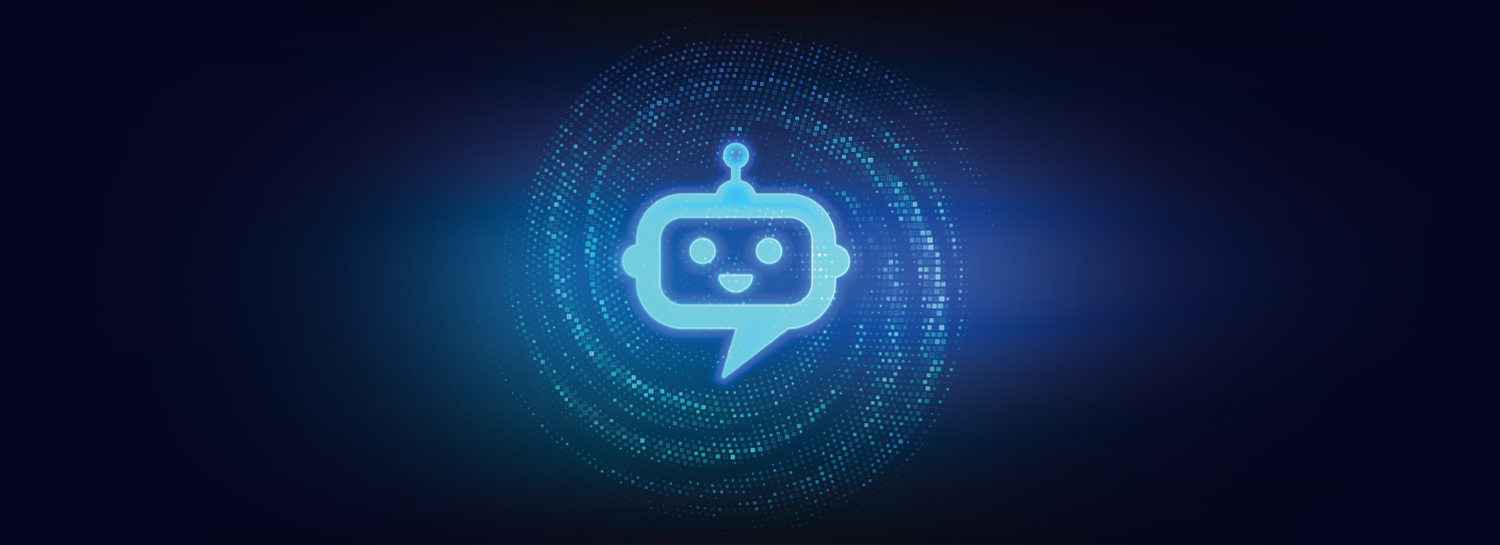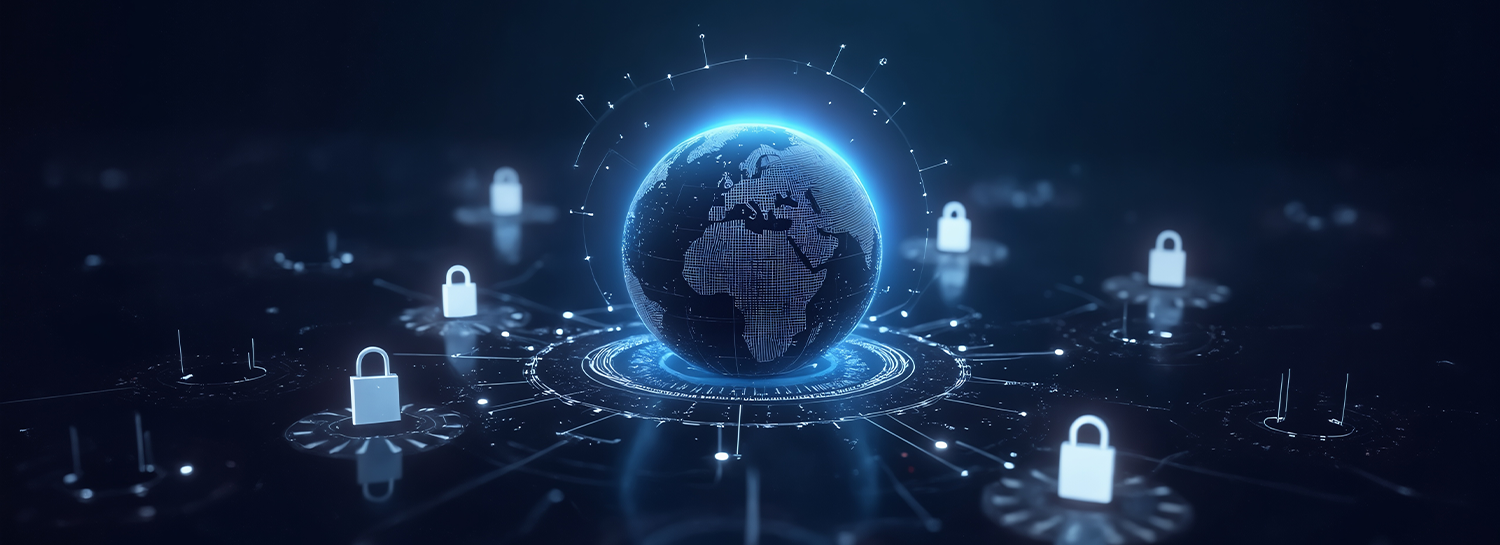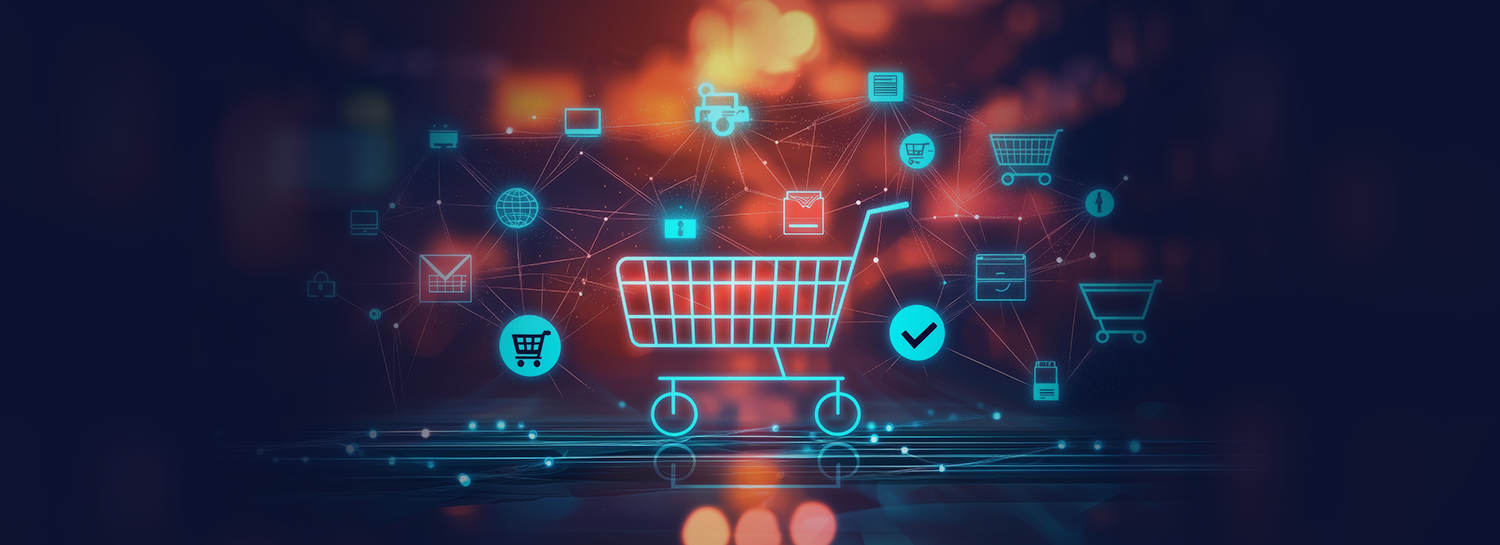In today’s digital world, a brand’s reputation can be compromised in a matter of seconds. With advertising increasingly programmatic and omnichannel, ensuring brand safety — the practice of keeping a brand’s ads away from inappropriate or harmful content — has never been more critical or more complex.
The Brand Safety Landscape in 2025
The evolution of media consumption and advertising technology has created an ecosystem that’s massive, decentralized, and deeply fragmented. According to the 2024 WARC Marketer Toolkit, 85% of marketers list brand safety among their top three concerns, and 63% say it has directly influenced their media buying decisions.
Content is no longer just on premium publishers — it’s dispersed across social platforms, apps, open web, user-generated video, and podcasts. The rise of CTV, DOOH, and influencer marketing has only made brand safety more nuanced, as each format comes with its own vetting challenges.
This means that ads today are more likely than ever to appear alongside controversial content, fake news, misinformation, or even hate speech — unless there’s a robust brand safety strategy in place.
Fragmentation Creates Risk
In a traditional media environment, brands could rely on curated environments and direct buys. In contrast, today’s programmatic infrastructure has multiple layers of intermediaries — DSPs, SSPs, exchanges, and third-party data providers — creating a transparency gap.
This complexity increases the risk of ad misplacement. A 2023 report by IAS (Integral Ad Science) revealed that:
- 30% of U.S. consumers say they would stop buying from a brand if its ad appeared next to misinformation.
- 42% of media professionals have seen at least one brand-safety incident affect revenue or reputation.
Even well-intentioned campaigns can be tarnished by algorithmic misfires or supply chain opacity.
Key Areas of Brand Safety Vulnerability
- User-Generated Content (UGC): Platforms like TikTok, YouTube, and Reddit rely on real-time uploads, leaving little time for pre-screening.
- Programmatic Buying: Scale and speed often come at the cost of context.
- Emerging Channels (CTV/Audio): Lack of standardized measurement and creative versioning means brands often don’t know exactly where their content will run.
- Fake or Cloned Websites: Fraudulent sites that spoof domains are growing, causing inadvertent misplacements.
- News Adjacency: Legitimate journalism often covers controversial topics, and brands must decide whether to exclude, include, or use semantic targeting.
Best Practices for Strengthening Brand Safety
- Use Pre-Bid and Post-Bid Verification:
Employ third-party verification tools such as IAS, DoubleVerify, or MOAT to ensure contextual relevance and avoid risky placements. Pre-bid filtering prevents issues before they occur, while post-bid analysis gives clarity on where your ads appeared. - Create Custom Brand Safety Guidelines:
Each brand has a different tolerance level. A sportswear brand may be okay with intense content, while a financial institution may not. Defining categories like profanity, crime, political content, or sensationalism allows more nuanced campaign management. - Invest in Contextual Targeting:
Contextual intelligence has made a comeback. Modern tools use natural language processing (NLP) to analyze content meaning, not just keywords — helping ensure ads appear in contextually relevant, safe environments. - Direct Deals and PMPs:
Private Marketplaces (PMPs) and direct publisher relationships offer more control and transparency than open exchanges. Partnering with curated inventory sets can enhance quality and safety. - Collaborate with Managed Services Experts:
Agencies and platforms often don’t have the internal bandwidth to monitor every placement. That’s where managed service providers like Paragon can help ensure execution aligns with brand values and compliance standards.
Why Brand Safety is a Shared Responsibility
It’s not just the advertiser’s burden. SSPs, DSPs, publishers, and intermediaries all play a role in upholding brand safety. In fact, IAB Tech Lab’s “AdTech Responsibility Framework” released in late 2023 lays out standards for accountability across the ad supply chain.
Partnering for Success
At Paragon Digital Services, we understand the intricacies of the digital advertising landscape. Our expertise lies in providing comprehensive solutions that prioritize brand safety. From meticulous campaign management to rigorous content evaluation, we ensure that your ads are placed in environments that reflect your brand’s integrity.










